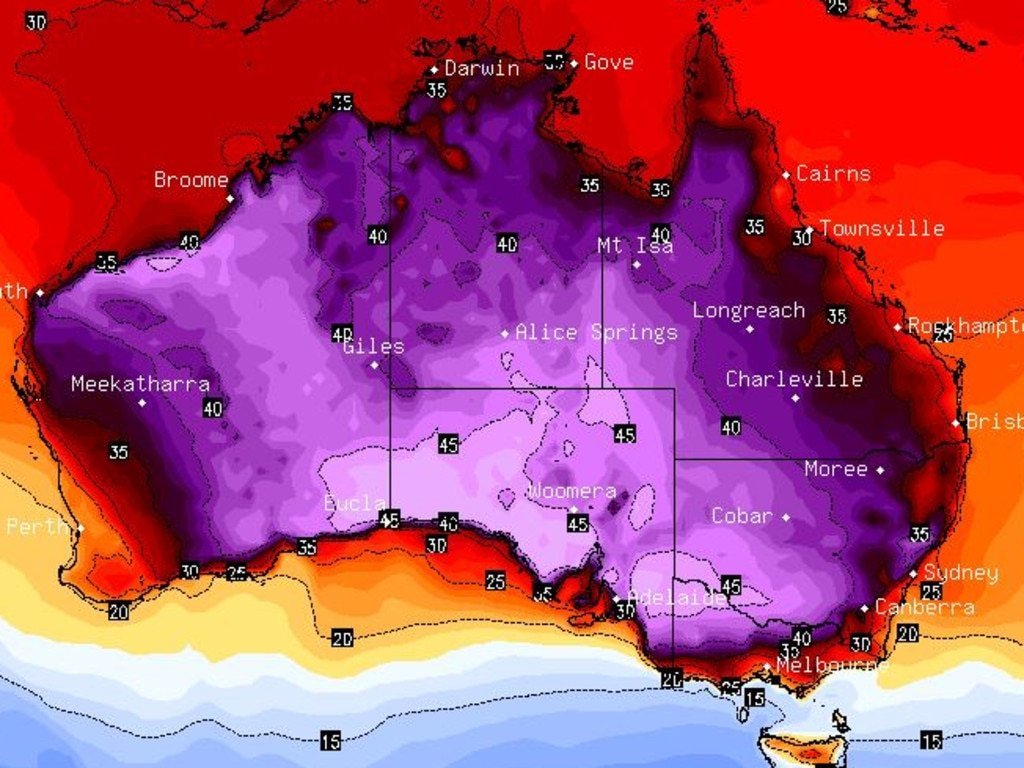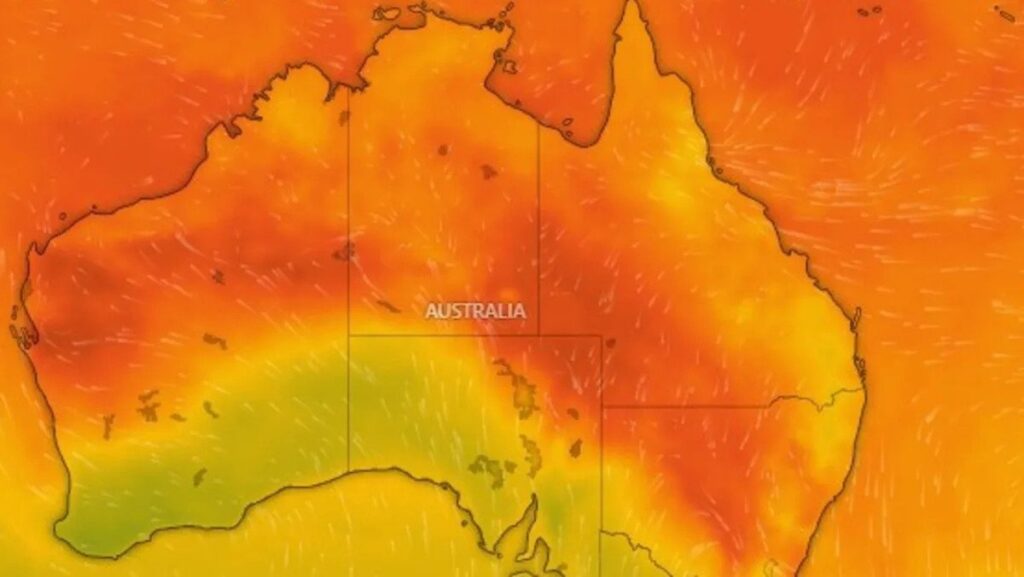Australia Scorches as Pilbara Reaches Searing 43.5C – But Experts Warn It’s Not a Heatwave… Yet
- The Pilbara region in Western Australia has been the hottest place on Earth, with temperatures soaring to 43.5C.
- Despite the scorching heat, experts say it doesn’t meet the criteria for a heatwave – and here’s why.
- Australia’s ‘heat engine’ is cranking up ahead of summer, but the country’s most deadly natural disaster is still to come.
The Pilbara region in Western Australia has been sizzling, with temperatures reaching a scorching 43.5C on Monday, making it the hottest place on Earth. The remote station of Mardie topped the global temperature charts, followed closely by Fitzroy Crossing in the Kimberley, and the Pilbara towns of Onslow, Marble Bar, and Telfer.
But despite the searing heat, experts warn it’s not a heatwave… yet. According to the Bureau of Meteorology (BOM), a heatwave is only declared when temperatures exceed the top 5% of all temperatures across an average year, and that’s not the case in the Pilbara – at least, not yet.
“It’s not unusual to see Australia rank among the hottest places in the world at this time of year,” said BOM senior meteorologist Miriam Bradbury. “Half the world is transitioning into its cool season, and we’re just starting to hit 40 degrees pretty consistently through parts of northern Australia.”
Onslow, on Western Australia’s Pilbara coast, reached a top of 43C on Monday at its airport – 10C above its average – while Exmouth airport reached 41C. But no part of the Pilbara is considered to be under heatwave conditions.

So, what makes a heatwave? According to the BOM, it’s not just about one or two hot days. A heatwave is declared when temperatures are sustained over multiple days, and the combined day and night temperatures fall in the top 5% of all temperatures across an average year.
“It’s not just one or two hot days,” said Ms Bradbury. “It’s when you get those temperatures hanging around for more than three consecutive days. And it has such high health repercussions.”
Australia’s ‘heat engine’ is cranking up ahead of summer, and experts warn that the country’s most deadly natural disaster is still to come. Heatwaves kill far more people than other natural disasters, and it’s essential to be prepared.
“We definitely do see heat in northern Australia being transferred into southern parts of Australia,” said Ms Bradbury. “As summer progresses, heatwave warnings will become more frequent in the forecast for southern Australia.”
Marble Bar, which touts itself as Australia’s hottest town, recorded 160 days straight of temperatures over 37.7C. Onslow equalled the record for Australia’s highest ever temperature of 50.7C in 2022.
“I think all of our Pilbara communities would be well used to the heat building at this time of year and would say, ‘we’ve had hotter weather than this’, and they’re right,” said Ms Bradbury.
But when heatwave warnings are issued, they should be taken seriously. “Unfortunately, some people do tend to dismiss them mentally a little bit,” said Ms Bradbury. “They think, ‘it’s summer, it’s always hot,’ but it’s not just one or two hot days. It’s when you get those temperatures hanging around for more than three consecutive days.”

